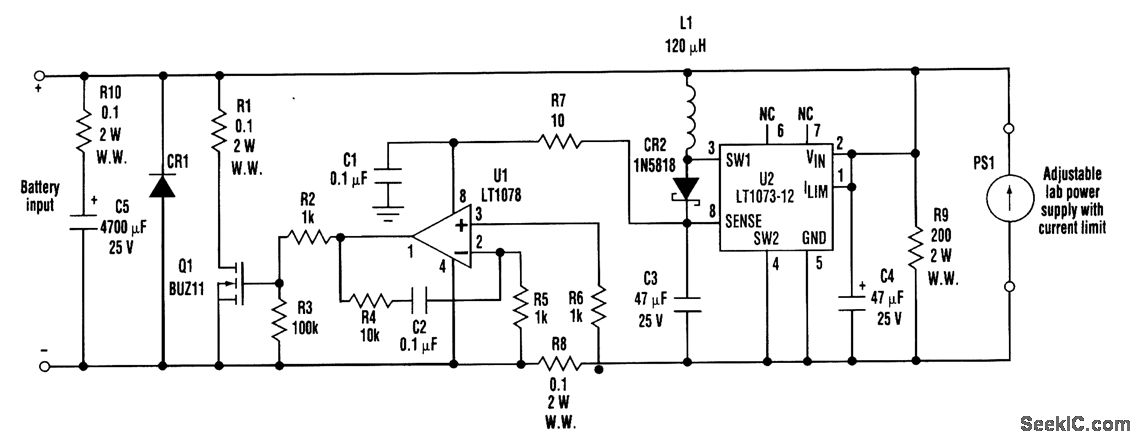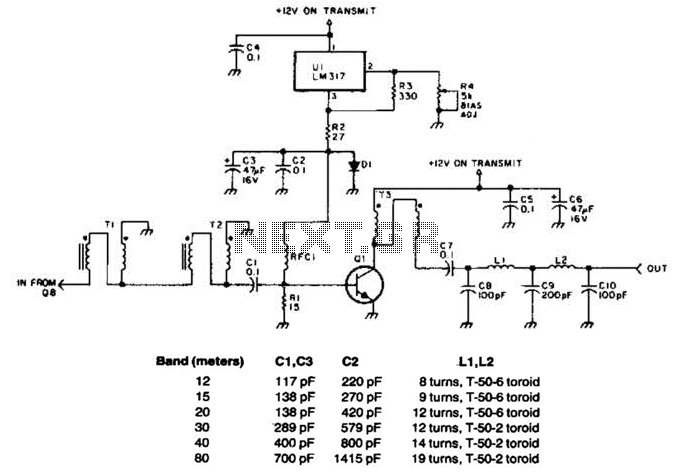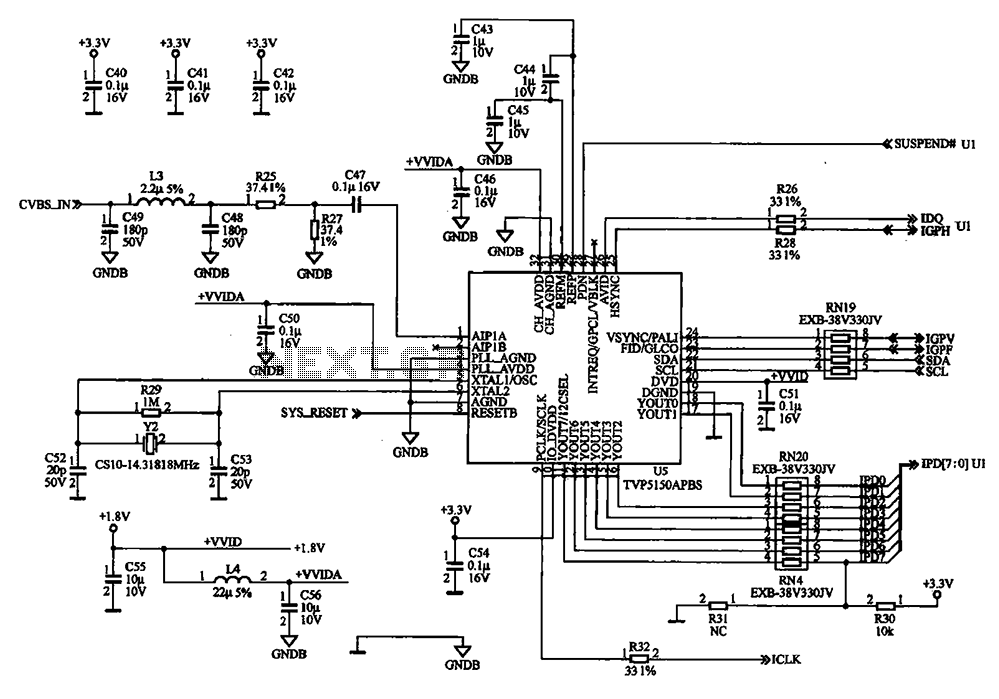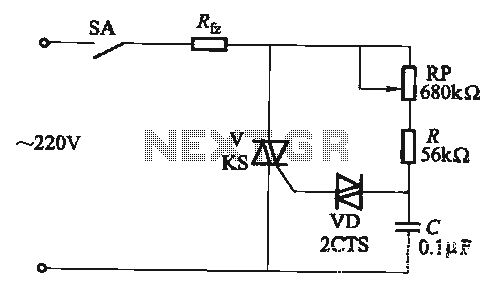
Pulse Position Modulator Circuit
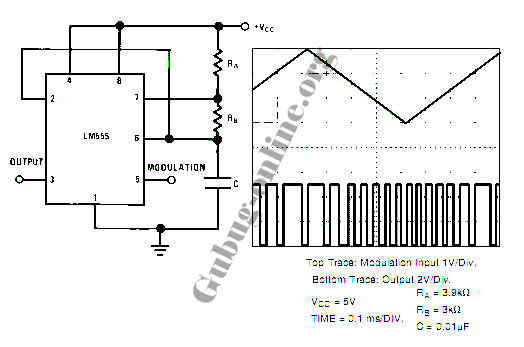
This design circuit for a pulse position modulator can be easily constructed using a 555 integrated circuit (IC). The pulse position modulator modulates the on-period while maintaining a fixed off-period.
The circuit utilizes the 555 timer IC in astable mode to generate a series of pulse signals. In this configuration, the timing components, namely resistors and capacitors, determine the frequency and duty cycle of the output waveform. The output frequency can be adjusted by varying the values of these components, enabling the modulation of the pulse width.
In pulse position modulation (PPM), the position of the pulse is varied while keeping the duration of the off-period constant. This technique is particularly useful in applications such as remote control systems and communication devices, where the timing of the signal can convey information.
The 555 timer operates by charging and discharging a timing capacitor through the resistors connected to its discharge and threshold pins. The output pin generates a square wave, which can be further processed to achieve the desired modulation characteristics. By implementing additional circuitry, such as filters or amplifiers, the PPM signal can be refined for specific applications.
In summary, this circuit design offers a straightforward approach to creating a pulse position modulator using the versatile 555 timer IC, providing a reliable method for signal modulation in various electronic applications.Here s the design circuit for pulse position modulator can be easily built using 555 IC. Here s the figure of the circuit; .Pulse position modulator modulate the on-period while keeping the fixed off-period. Pulse position modulation might subs .. 🔗 External reference
The circuit utilizes the 555 timer IC in astable mode to generate a series of pulse signals. In this configuration, the timing components, namely resistors and capacitors, determine the frequency and duty cycle of the output waveform. The output frequency can be adjusted by varying the values of these components, enabling the modulation of the pulse width.
In pulse position modulation (PPM), the position of the pulse is varied while keeping the duration of the off-period constant. This technique is particularly useful in applications such as remote control systems and communication devices, where the timing of the signal can convey information.
The 555 timer operates by charging and discharging a timing capacitor through the resistors connected to its discharge and threshold pins. The output pin generates a square wave, which can be further processed to achieve the desired modulation characteristics. By implementing additional circuitry, such as filters or amplifiers, the PPM signal can be refined for specific applications.
In summary, this circuit design offers a straightforward approach to creating a pulse position modulator using the versatile 555 timer IC, providing a reliable method for signal modulation in various electronic applications.Here s the design circuit for pulse position modulator can be easily built using 555 IC. Here s the figure of the circuit; .Pulse position modulator modulate the on-period while keeping the fixed off-period. Pulse position modulation might subs .. 🔗 External reference


